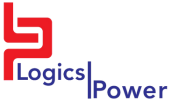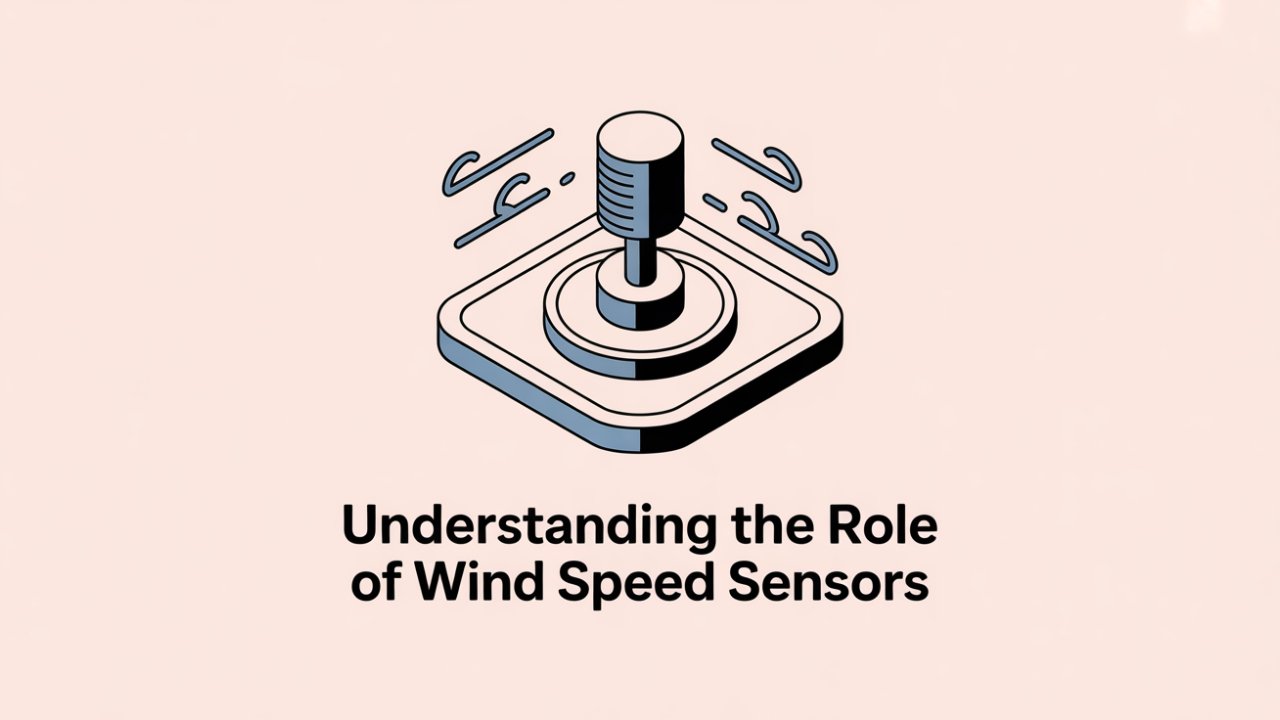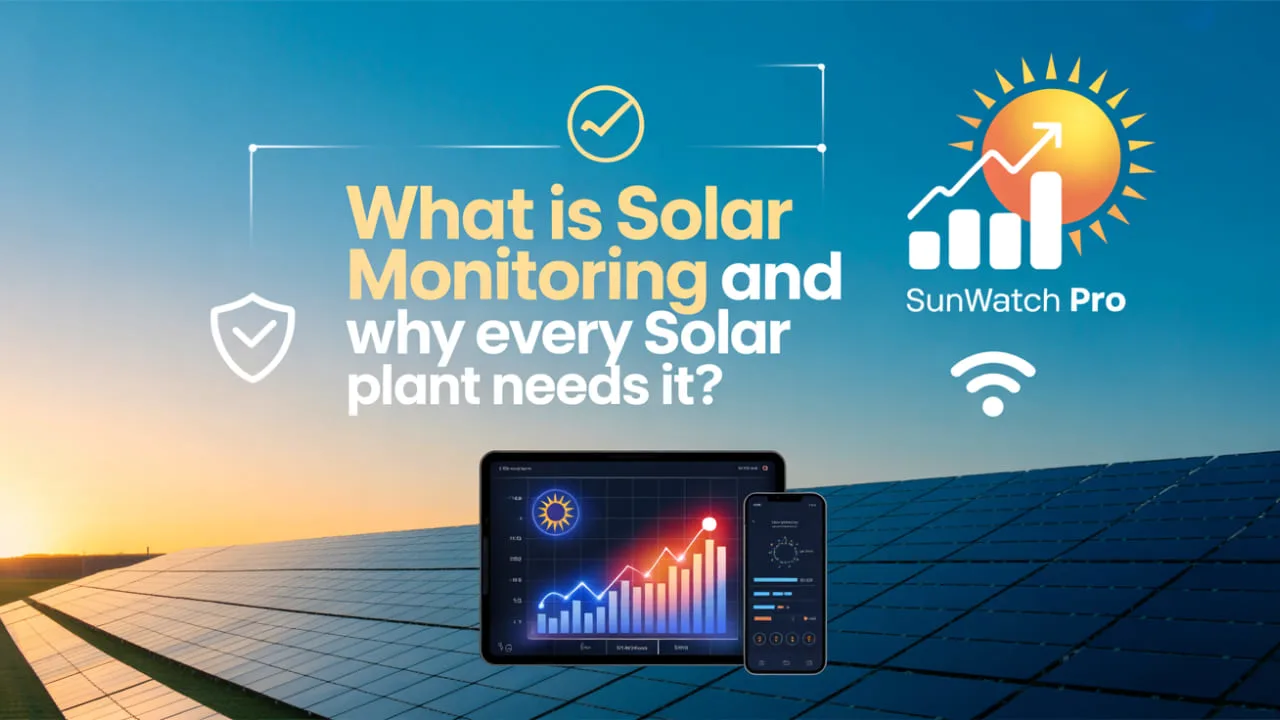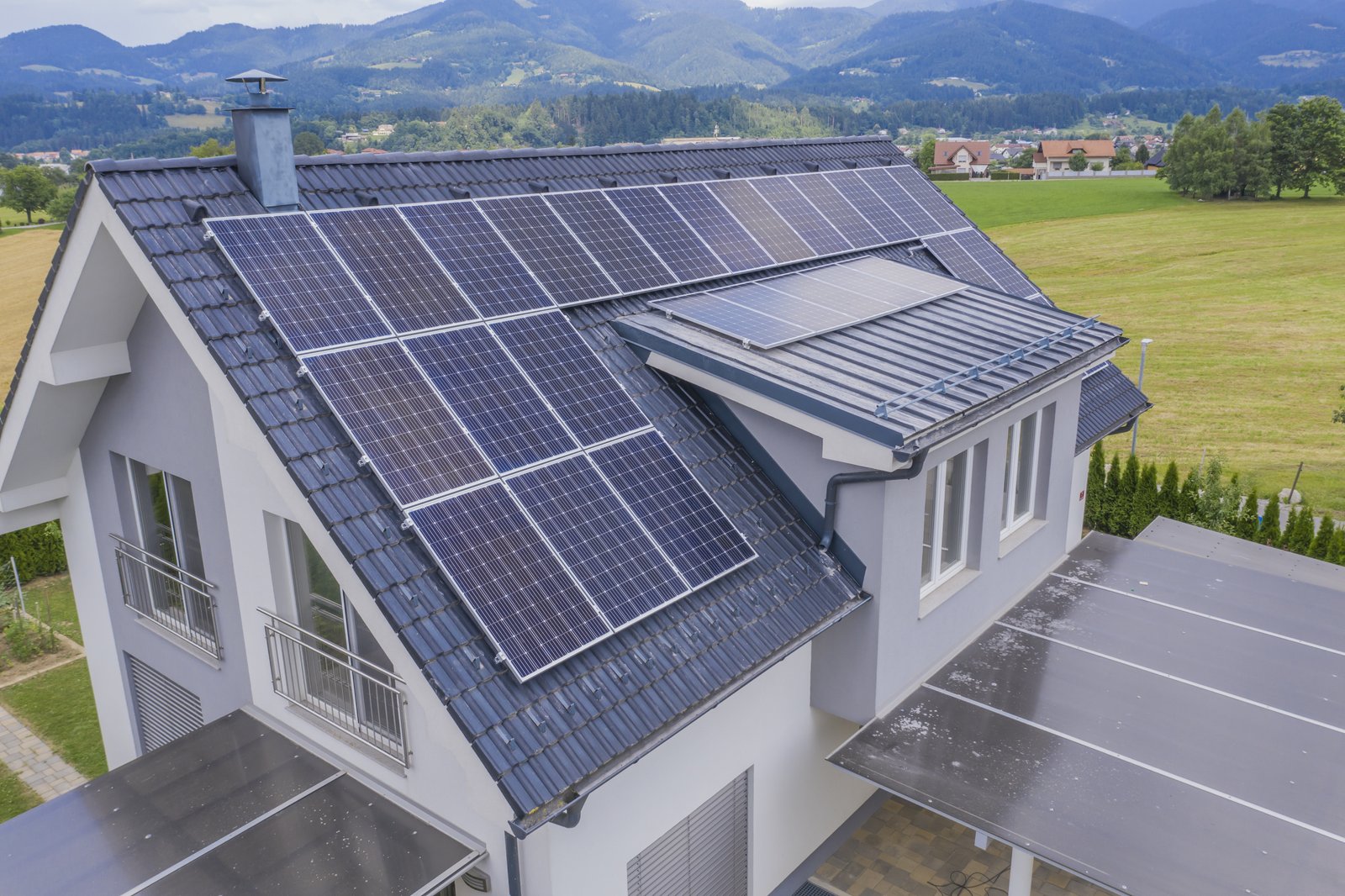14/10/2025
Blogs
Zero Export Controller: A Complete Guide
Zero Export Controller: A Complete Guide
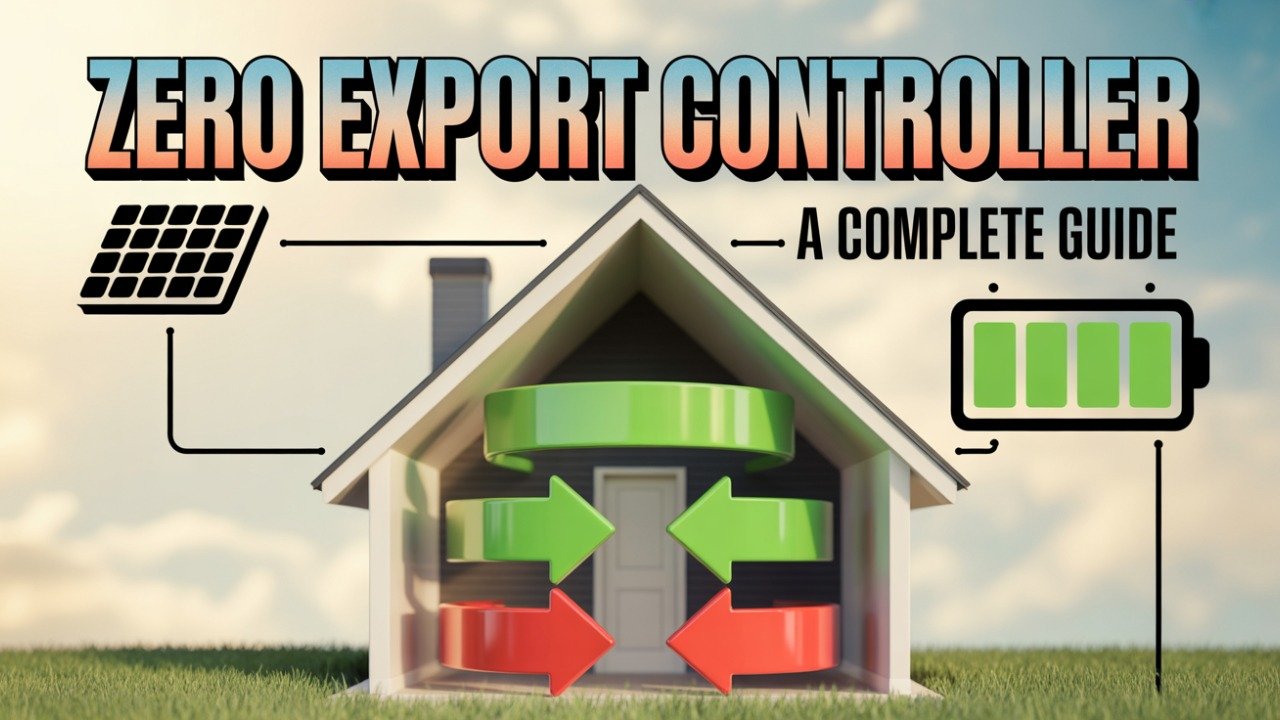
Zero Export Controller: A Complete Guide
A solar export controller for the grid is important, especially for solar energy systems used on-site. It helps with grid stability and safety, preventing reverse flow of power, managing pricing, encouraging self-consumption, and measuring power drawn.
The Zero Export Controller limits or manages the use of solar consumption, so that energy produced on-site is not exported to the grid. It helps in storing energy produced by solar panels. A zero export controller offers a reliable solution for industries, businesses, and households for maintaining grid system compliance and helps maintain the concept of energy conservation.
What is a Zero Export Controller?
A Zero Export Controller is a device that helps to prevent sending excess electricity to the utility grid. Solar energy produced on-site from solar panels can be used directly or stored in batteries. Zero Export Controllers help maintain the concept of energy conservation. This is achieved by limiting solar power export, helping to manage fluctuations or overloads in local transformers, helping to maintain supply and demand, and helping to prevent power flowing back to the grid.
Zero Export Controllers are important to install because the power grid cannot handle excess solar energy being sent back from a small system. In rural or weak grid areas, the infrastructure is not designed to manage sudden changes in power direction and voltage. These areas generally experience frequent fluctuations. A small setup mainly used in a grid system ensures safe operation.
How Does it Work?
A Zero Export Controllers is a device which is mainly used to maintain monitoring electricity flow from solar panels, the load, and the grid. So, the grid system can be prevented from excess energy and also prevents unwanted energy exports
-
Step 1: The system load monitor (a current sensor) measures how much power is being consumed by the building and how much is being produced by the solar panels.
-
Step 2: It constantly adjusts the inverter output with the local demand to avoid feeding excess power back into the system.
-
Step 3: All data,supply and demand sent to the dashboard.
-
Step 4: The solar production is less than the solar power that is used directly, and a signal is sent to the solar inverter to reduce output, or point excess power is stored in devices like batteries.
Key Components
-
Current Transformer (CT): It Measures the amount of current (power flow) between the system and the site.
-
Power Meters: It tracks the supply and demand of solar panels and devices on dashboards.
-
Controller Unit: It manages the supply of electricity when electricity demand increases.
-
Communication Interface (RS485, Modbus, Wi-Fi): It connects all the components to the controller for monitoring and alerts of damages.
-
Cloud Monitoring: It Displays the real-time data of supply, local consumption, and grid import/export.
Types of Controllers
-
Single Phase: Used in residential areas; controls voltage and current without frequency changes.
-
Three Phase: Used for commercial and industrial areas; adjusts voltage and current supply.
-
IoT-enabled Smart Controller: Monitors, controls, and optimizes solar power via IoT for factories, offices, and malls.
-
Hybrid Controller: Controls supply and stores excess current for future use; mostly used in conservation regions.
|
Cost (₹) |
Controller Type |
Accuracy |
Remarks |
|
3,000–15,000 |
Single Phase |
±1% |
Mainly for limited loads/power |
|
10,000–40,000 |
Three Phase |
±0.5% to ±1% |
Handles better production and monitoring |
|
15,000–60,000 |
IoT-enabled Smart Controller |
±0.5–2% |
Remote monitoring, real-time data, alerts, cloud reporting |
|
75,000–1,00,000 |
Hybrid Controller |
±0.2–1% |
Settings and microgrids; superb zero export accuracy |
Benefits
Zero Export Controllers offer many benefits:
-
Helps maintain the grid, prevents electrical overload, and ensures grid compliance through supply management.
-
Prevents inverter damage and helps preserve energy for use in inverters.
-
Converts solar energy into direct current and manages power flow between solar panels, local loads, and the utility grid.
-
IoT-enabled monitoring allows real-time management of power supply.
-
Hybrid systems prevent fluctuations, protecting against overloading and short circuits.
Integration with Inverters & EMS
Our system can easily integrate with inverters and Energy Management Systems (EMS) to maximize energy efficiency and automation.
-
Communication with Inverters: The live monitoring of energy production, consumption, and storage.
-
Control and Automation: It will send commands to inverters to maximize energy storage and distribution.
-
SCADA, PLC, and Cloud Integration: It Provides comprehensive energy management with automation and remote monitoring systems.
Real-Life Applications / Use Cases
-
Commercial Buildings: Zero-export controllers will save energy and transfer it to the utility for reducing the electricity charges.
-
Industrial Plants: The excess electricity from solar appliances can be preserved and controlled.
-
EV Charging Stations: It preserves the solar energy for efficient charging and energy conservation.
-
Smart Microgrids: It merges the renewable energy sources, storage, and smart controls for efficient, reliable power.
|
Aspect |
Application |
Benefits |
|
Commercial Buildings |
Power backup & peak load management |
Reduces electricity costs, improves reliability |
|
Industrial Areas |
Manage multiple energy sources |
Lowers downtime, continuous operation |
|
EV Charging |
Conserves energy |
Prolongs battery life |
|
Smart Microgrids |
Integrates renewables |
Reliable and sustainable power |
Buyer’s Checklist
-
Compatibility: Ensure the controller works with your inverter.
-
Energy Conservation Capacity: Check consumption and storage limits.
-
Monitoring & Reporting: Remote dashboards with real-time data are essential.
-
Warranty & Durability: Look for at least 5-year warranty and robust design.
Installation and Setup
-
Install the controller inside an electrical enclosure near the main distribution board.
-
Install CT (Current Transformer) around AC conductors, away from power cables to avoid noise.
-
Route CT leads to the controller and mount an external auxiliary relay/contactor if required.
Mistakes to Avoid: Wrong CT direction, incorrect CT ratio, loose or unshielded wires, and incorrect phase sequence.
Safety Tips: Isolate AC/DC supplies before wiring, use PPE, ensure proper grounding, and install MCB/RCCB for protection.
Future Trends
Zero-export controllers are designed in the future, they will be AI-based, providing control. The AI itself manages every device, and determines how much energy can be stored or consumed according to the requirement of devices. And it also helps in managing the conservation of energy.
-
Cloud dashboards & mobile apps: Cloud dashboards and mobile apps are designed for modern energy management and it offers an organized location for storing, managing, and analyzing the data from different sources and people can also monitor and control smart devices, manage energy usage, and track renewable energy and performance directly by cloud dashboards and mobile.
-
Smart Grid Integration: The smart grid integration is properly installed and less energy is consumed and in future, energy storage can be integrated and used with the energy system, allowing net-zero systems to match consumption with production.
Conclusion
For solar energy management to be safe, effective, and economical, zero export controllers are essential. They preserve grid stability, lower inverter risks, and stop excessive power export. These controllers allow for operational reliability, self-consumption optimization, and energy conservation in everything from commercial buildings to EV charging stations.
With real-time monitoring, cloud integration, and automated energy management, Logics PowerAMR provides cutting-edge IoT-enabled zero export solutions. Home and business owners might create sustainable, dependable, and efficient solar energy systems by implementing their solutions, which will ensure cost savings and optimal energy usage.
10/10/2025
03/10/2025
08/09/2025
18/08/2025
